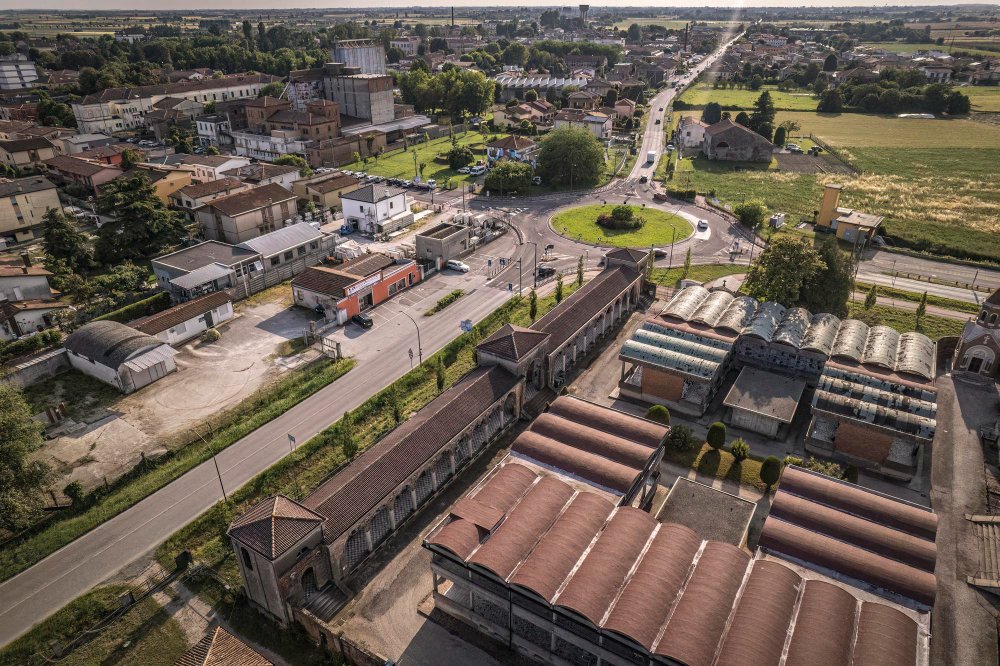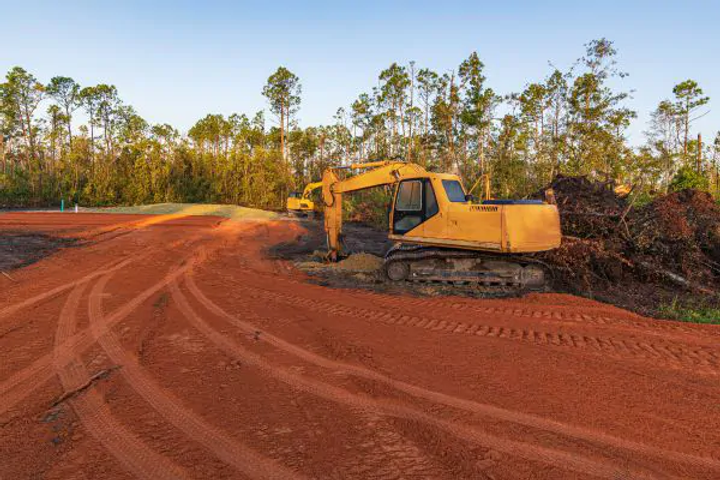Heavy structural steel fabrication is a fundamental pillar of modern construction and industrial development. From towering skyscrapers to expansive bridges and complex infrastructure projects, heavy steel frameworks form the backbone of durable and reliable structures. Mastering the art and science of heavy structural steel fabrication requires a combination of technical knowledge, hands-on skills, and strategic innovation.
In this article, we will delve into five proven ways to truly master heavy structural steel fabrication and excel in the competitive world of industrial construction.
Understanding the Fundamentals of Heavy Structural Steel Fabrication
Before advancing to complex techniques, it is crucial to thoroughly understand the fundamentals of heavy structural steel fabrication. This discipline involves cutting, bending, assembling, and welding steel sections into massive frameworks capable of bearing substantial loads.
Familiarity with material properties, load-bearing capacities, and the behavior of different steel grades under stress is vital. Professionals must also grasp blueprint reading, fabrication drawings, and industry-standard codes and regulations such as AISC (American Institute of Steel Construction) or relevant local guidelines.
Developing a solid foundation enables fabricators to make informed decisions, foresee potential issues, and maintain consistency and quality throughout the fabrication process.
Investing in Advanced Technology and Equipment
Technology has transformed the steel fabrication industry, and mastering the latest tools and techniques is non-negotiable for those who seek to lead in this field. Modern fabrication shops leverage CNC (Computer Numerical Control) machinery, robotic welding systems, laser cutters, and 3D modeling software to enhance precision, efficiency, and productivity.
Using advanced technology minimizes human error, reduces material waste, and speeds up production times. For example, CNC plasma and laser cutting machines allow for ultra-precise cuts even in thick steel plates. Robotic welding ensures uniform weld quality and allows for consistent production runs.
Moreover, adopting Building Information Modeling (BIM) improves collaboration between design, fabrication, and construction teams, resulting in fewer reworks and streamlined project execution.
Focusing on Skill Development and Workforce Training
Despite advancements in automation, heavy structural steel fabrication remains a labor-intensive craft that heavily depends on skilled personnel. Investing in continuous workforce training is a proven way to elevate fabrication capabilities.
Training programs should cover:
- Advanced welding techniques (MIG, TIG, FCAW)
- Quality inspection methods (non-destructive testing, visual inspection)
- Safety protocols and compliance regulations
- Blueprint reading and interpretation
- Material handling and assembly best practices
Skilled fabricators can adapt to project-specific challenges, maintain high-quality standards, and contribute to innovative problem-solving. Certifications from recognized bodies like the American Welding Society (AWS) further validate a fabricator’s expertise and can open new business opportunities.
Prioritizing Quality Control and Assurance Processes
Mastery in heavy structural steel fabrication is synonymous with unwavering quality. Given the scale and critical nature of structures built with heavy steel, even minor defects can lead to significant structural failures and costly liabilities.
Implementing rigorous quality control (QC) and quality assurance (QA) processes ensures that every fabricated component meets the required specifications. Inspections must be conducted at various stages:
- Incoming material inspection
- In-process inspections during fabrication
- Final inspections before shipment or installation
Using tools like ultrasonic testing (UT), magnetic particle testing (MT), and radiographic testing (RT) helps detect hidden defects that could compromise structural integrity. Documentation of every stage creates a traceable quality trail that strengthens customer confidence and regulatory compliance.
Additionally, integrating a continuous improvement culture encourages teams to learn from errors, refine processes, and drive higher standards over time.
Embracing Collaboration and Effective Project Management
Heavy structural steel fabrication projects are complex and typically involve multiple stakeholders, including architects, structural engineers, contractors, and end clients. Effective collaboration and project management are critical to mastering fabrication outcomes.
Clear communication channels must be established to ensure that all project requirements, changes, and timelines are transparently managed. Fabricators should be proactive in participating in design reviews, value engineering sessions, and construction coordination meetings.
Modern project management tools such as Primavera P6, MS Project, or fabrication-specific software platforms enable detailed tracking of fabrication progress, resource allocation, scheduling, and budget adherence.
Furthermore, collaboration fosters innovation. By closely working with design teams, fabricators can propose design optimizations that simplify fabrication, reduce costs, and enhance constructibility.
Challenges Faced in Heavy Structural Steel Fabrication
While mastering heavy structural steel fabrication offers immense rewards, the path is not without challenges. Some of the common hurdles include:
- Managing tight project schedules without compromising quality
- Handling logistic complexities of transporting oversized steel components
- Coping with rising material costs and supply chain disruptions
- Ensuring workforce safety in high-risk fabrication environments
- Adapting to changing industry standards and client demands
Addressing these challenges requires a combination of strategic foresight, agile management, and a culture of continuous learning.

Future Trends in Heavy Structural Steel Fabrication
The future of heavy structural steel fabrication is poised to be even more dynamic with evolving trends:
- Increased automation with AI and machine learning integration
- Greater adoption of green fabrication practices to minimize environmental impact
- Use of prefabrication and modular construction techniques to speed up project delivery
- Integration of augmented reality (AR) and virtual reality (VR) for design visualization and training
- Advances in high-performance steels that offer better strength-to-weight ratios
Staying ahead of these trends will be essential for fabricators who wish to maintain a competitive edge.
Conclusion
Mastering heavy structural steel fabrication is a multifaceted journey that demands technical excellence, investment in technology, skilled craftsmanship, rigorous quality assurance, and collaborative project management. It is not just about constructing massive steel frameworks—it is about delivering safe, durable, and innovative solutions that stand the test of time.
By following the five proven ways outlined in this article, fabricators can position themselves as leaders in the industry, capable of tackling the most demanding projects with confidence and precision.
Are you ready to take your steel fabrication capabilities to the next level? Start implementing these strategies today and transform your approach to heavy structural steel fabrication!
For more insightful articles related to this topic, feel free to visit – techners













Leave a Reply